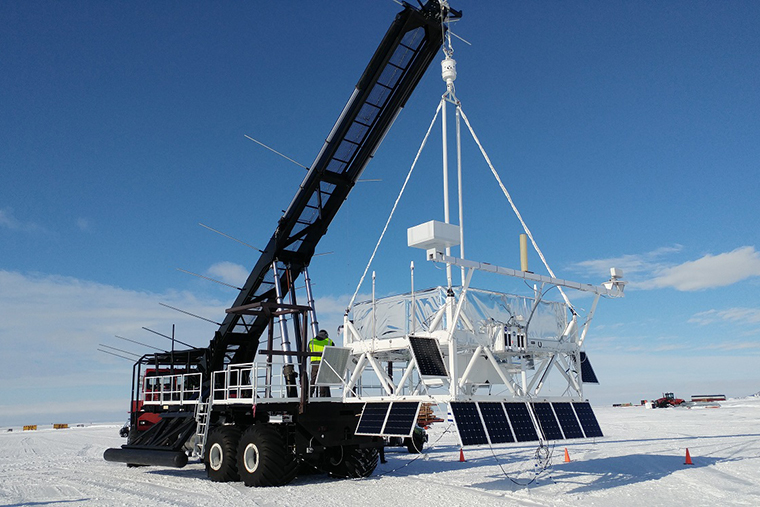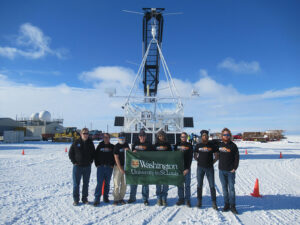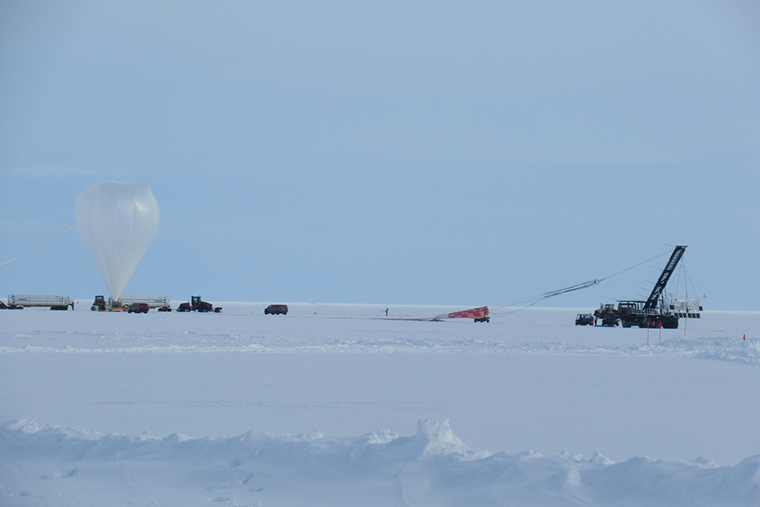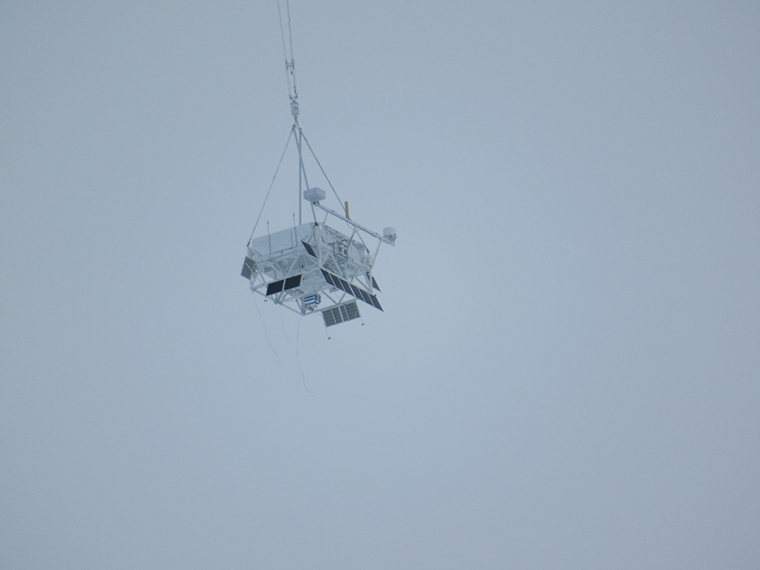
A team of Washington University in St. Louis scientists at McMurdo Station, Antarctica successfully launched its SuperTIGER (Super Trans-Iron Galactic Element Recorder) instrument, which is used to study the origin of cosmic rays.
Cosmic rays are high-energy particles from beyond the solar system that bombard Earth's atmosphere. SuperTIGER is designed to measure the rare, heavy elements in cosmic rays that hold clues about where these particles are made. The new research might also help explain how these energetic particles are accelerated to attain a speed that is close to the speed of light.

SuperTIGER is a collaboration among Washington University, Goddard Space Flight Center, California Institute of Technology Jet Propulsion Laboratory and the University of Minnesota.
Brian Rauch, research assistant professor of physics in Arts & Sciences at Washington University, is principal investigator for SuperTIGER.
The launch occurred at about 2:55 a.m. local time in New Zealand (7:55 a.m. U.S. Central time). Under cloudy skies and temperatures of about 28 degrees Fahrenheit, researchers watched as the SuperTIGER instrument was carried aloft by a giant 39.5 million-cubic-foot scientific balloon. The balloon will ultimately reached a height of about 129,000 feet — nearly four times the typical cruising altitude of commercial airliners.
At this height, the detectors on SuperTIGER will fly above 99.5% of the atmosphere on Earth.

Researchers said that SuperTIGER will keep recording data as long as the conditions allow them to keep the balloon afloat. SuperTIGER's 2012-13 flight lasted 55 days.
Data collected during the ongoing flight will be used to test emerging models of cosmic-ray origins in clumps of hot, massive and relatively short-lived stars known as OB associations, as well as testing models for determining which particles will be accelerated from such associations.

Individuals who are interested in following SuperTIGER as the flight progresses can follow along on the Washington University team's Twitter account, @SuperTigerLDB, or by following the Twitter handle @NASAUniverse.






